Disabled drivers have been involved in UK trials of a vehicle which can be parked by a remote operator.
The UK’s first demonstration of a teleoperated autonomous vehicle service for people with reduced mobility has been successfully completed as part of the GATEway project (Greenwich Automated Transport Environment), led by TRL.
Completed using an autonomous-enabled Toyota Prius, the demonstration marked the end of a fortnight of testing in which GATEway partners Gobotix and O2 were able to successfully demonstrate remote operation of an unmanned vehicle.
The demonstration aimed to show how near-market technology could benefit disabled and older drivers with limited mobility. Using proof of concept technology developed by Gobotix, a wheelchair user drove himself to his final destination before disembarking.
The driver then enlisted the support of a remote operator to park his vehicle using 3G and 4G cellular technology from telecommunications provider, O2. For specific situations when cellular coverage would not be possible, e.g. underground car park, the user can also control the vehicle using an app on their own tablet device to manoeuvre or park it from a short distance using in-car Wi-Fi.
“Everybody is waiting for the arrival of fully automated vehicles, but there’s a lot that vehicle manufacturers can be doing already with existing technology to help improve accessibility and mobility for older and disabled drivers, ” said Dr Ben Davis, technical director, Gobotix.
“Many modern cars can be adapted so that they are driveable by a remote pilot and what we’ve demonstrated as part of GATEway is proof of that. By offering a remote teleoperation service, we can remove common concerns around boarding and alighting. It’s about empowering those with reduced mobility to retain independence through the use of technology. ”
Toby Veall, disability consultant and full time wheelchair user following a spinal cord injury, who took part in the demonstration commented: "It’s very difficult for able-bodied people to fully understand the challenges facing disabled drivers. One of the main problems is finding suitable parking, which ideally is a disabled space but is not always possible.
“Other challenges include cars parking too close preventing access to the driver’s door, uneven surfaces like gravel or grass and hazards such as steep curbs, slopes and cambers. The use of a simple app to remotely park the car would be warmly welcomed by myself and many others with mobility problems and help to remove parking anxieties and improve independence."





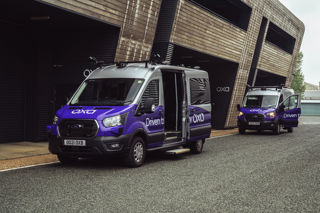

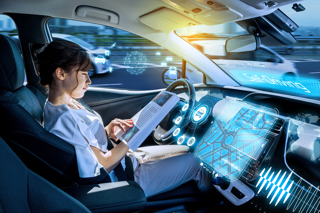
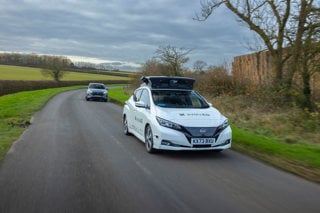






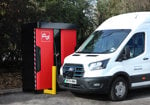
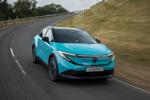





Patriot - 04/01/2017 22:57
What an absolutely brilliant idea! Well done to everyone involved in this project..